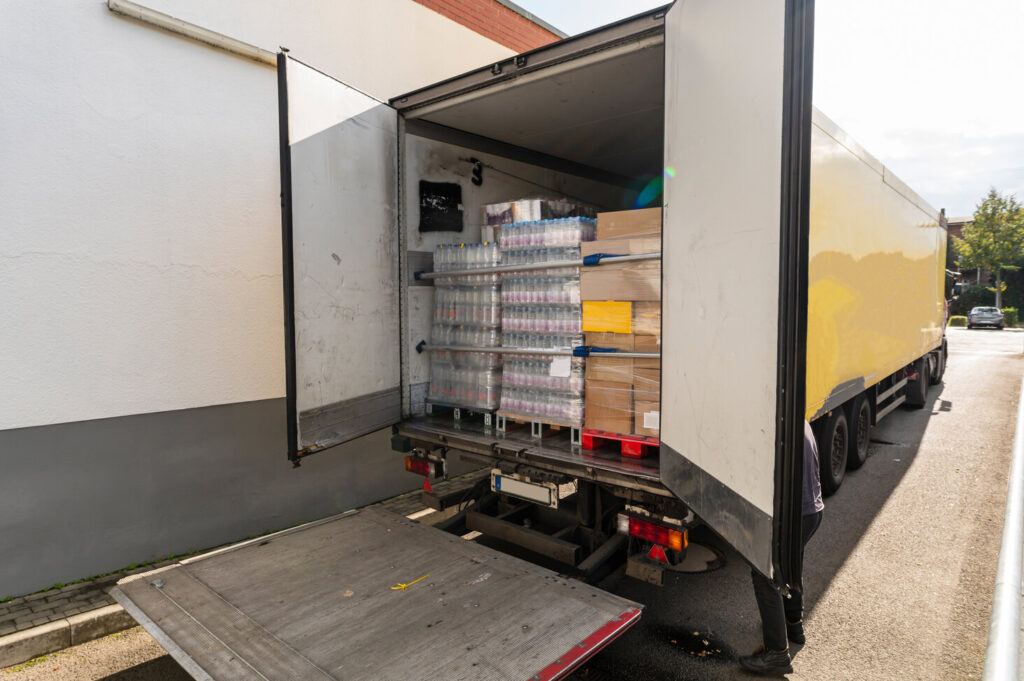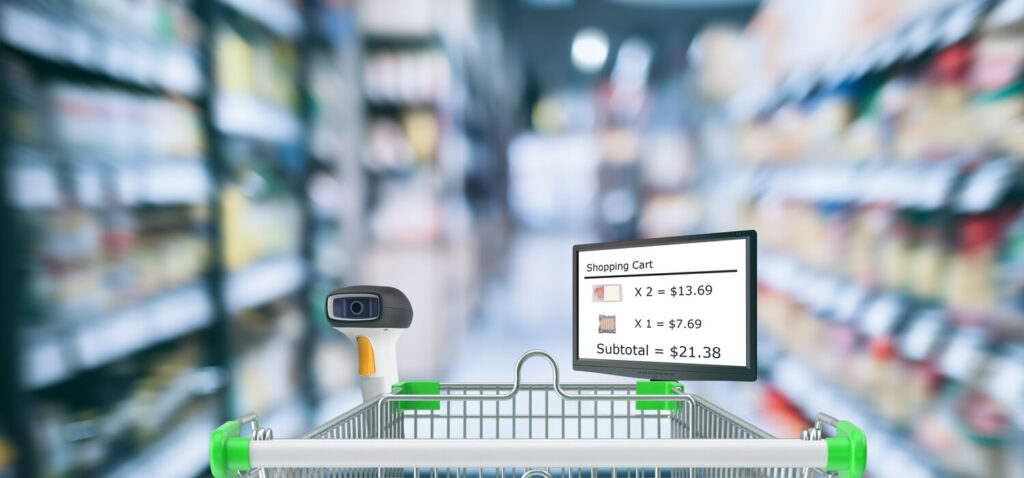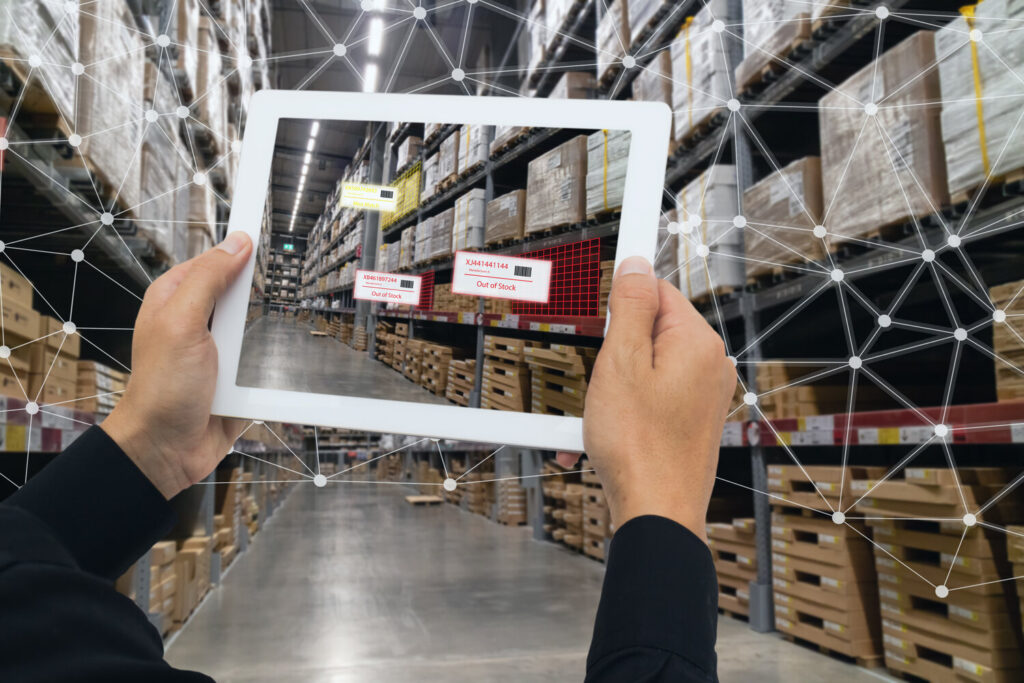In 2020, grocery retailers have had perhaps the most head-spinning fulfillment journey of any sector. Grocery micro fulfillment has evolved warp-speed adaptations to rapidly changing customer needs and pandemic health and safety guidelines.
Many customers have been forced into new buying behaviors in-store and online. A growing majority of consumers see the long-term benefits of shopping online, curbside pick-up, and home delivery.
To stay competitive in the “new” normal, grocery retailers must continue to up their micro fulfillment game. Micro Fulfillment uses smaller, laser-focused spaces and systems to fulfill customer grocery orders. Happily, many retailers can continue to pivot their services without needing massive warehouses.
Grocery micro fulfillment is here to stay, and your retail business model must keep up to remain relevant. Though we all value our in-person customer relationships and buying experiences, consumers now demand more buying flexibility and safety than ever before (and rightly so.)
Contact Storeworks to discover how your store can become even more intelligent and adaptable to a continually changing retail environment.
Help, We Need More Space! Nano-Warehousing is the Solution
 Dedicating micro fulfillment space inside your grocery store has several challenges. You must efficiently pick and pull items, keep accurate, up-to-the-minute inventory, and avoid operational disruptions to your in-store guests.
Dedicating micro fulfillment space inside your grocery store has several challenges. You must efficiently pick and pull items, keep accurate, up-to-the-minute inventory, and avoid operational disruptions to your in-store guests.
It’s likely your stockroom space has significant limitations, as most stockrooms were designed as small as possible to optimize the in-store shopping experience. Now that so many customers order online, the older designs are too small to serve as viable fulfillment spaces.
Retailers must look for long-term fulfillment solutions, rather than “bandaids” to get through a perceived short-term fulfillment emergency.
Many grocery chains find that smaller, local warehouse space procured apart from the storefront for micro-fulfillment solves several problems. With nano-warehousing; you can:
- Take your online fulfillment operations out of your brick-and-mortar storefront (separating online fulfillment from in-store operations.)
- Reduce in-store operation disruption
- Employ more automation solutions at lower costs to complete order fulfillment
- Fill orders faster and more efficiently
Nano-fulfillment centers can better meet local grocery store fulfillment challenges because:
- A smaller warehouse footprint means quicker picking, pulling, and order assembly (fewer steps to take between aisles and products)
- They are less expensive to lease and maintain than massive facilities
- They are more likely to be located within a store’s immediate delivery area (which improves delivery times and saves on expenses like fuel)
With a driving force like the pandemic, grocery stores have moved from dabbling in nano-fulfillment centers to relying on them. Making a speedy pivot to nano-warehousing is one effective way grocers have controlled their costs while serving up safety and convenience to their customers.
As a result, many grocers have improved both online and in-store customer experiences. Every retail leader understands that customer experience determines brand loyalty.
Streamline your labor costs with robotics
 In addition to increasing numbers of self-check-out lanes, many grocers have dispatched robots in stores and warehouses. Robots can handle many tasks in the grocery sector, such as:
In addition to increasing numbers of self-check-out lanes, many grocers have dispatched robots in stores and warehouses. Robots can handle many tasks in the grocery sector, such as:
- Cleaning floors in-store or in nano-warehouses: to enhance sanitation and adhere to changing disinfection guidelines without adding more human resources expense
- Inventory scanning in stores and warehouses (because inventory management has become a significant hurdle in a post-Covid age)
- Shipment delivery management (like scanning labels as boxes come off a truck and grouping them by department to place on conveyor systems)
- Grocery delivery in population-dense areas near stores, such as Rouses Markets in Los Angeles.
- Order picking, bagging, and processing for online shoppers (getting manual, human pickers out of the store aisles and allowing them to sell products or assist guests in other crucial ways.)
- Increase safety for customers and employees
Robots are perhaps the largest innovation in grocery retail this year. Big players like Walmart have significantly ramped up their robot, and AI use in fulfillment and customer experience.
Using robots to handle repetitive tasks can increase productivity while freeing up your workforce to focus on sales and service. Of course, it’s smart to carefully analyze which micro fulfillment challenges you want a robot to solve before deploying them in your stores and warehouses.
Each retailer will have different needs, and there is no one-size-fits-all grocery sector solution in robotics. We recommend implementing robotics and AI where you feel they will have the most significant customer experience impact for the highest ROI.
Align your inventory with accurate data and software integration
 Any micro fulfillment operation is only as strong or fast as its slowest component. Timely and accessible inventory tracking and management continue to be a major hurdle for grocery retailers industry-wide.
Any micro fulfillment operation is only as strong or fast as its slowest component. Timely and accessible inventory tracking and management continue to be a major hurdle for grocery retailers industry-wide.
Employing comprehensive software solutions is paramount to ensuring your customers receive their orders accurately and on-time. Your collected inventory and customer purchasing data is just as important in-store as in your online order fulfillment and curbside pick-up or delivery.
Choosing software that allows all your micro fulfillment moving parts to speak to each other fluently is crucial to upgrading your systems and sustaining and growing revenue.
AI and Machine Learning continue to be areas to watch as the grocery industry evolves with changing customer needs.
Employing “smart” robots governed by software that effortlessly connects all the operational and inventory “dots” means your business can remain responsive to quick shifts in product demand and availability.
Using AI and ML (Machine Learning) help you leverage accurate customer and sales data to stock only needed inventory, avoid shortages, and reduce waste. With already wafer-thin margins in the grocery industry, every retailer can benefit by adopting technology that prioritizes an efficient supply chain.
Further, it’s paramount to keep your customer loyalty programs in-house, rather than outsourcing them to third parties like Instacart and Shipt. Embracing micro fulfillment as part of your services helps you keep more customers coming to your online aisles.
Hire a team of micro fulfillment experts to achieve your objectives
With more and more new software and mechanical solutions coming to the market, how do you choose the ones best suited to your business model? Then, how do you implement them seamlessly so they can begin working for you?
The team at Storeworks are wizards at transforming your retail stores and warehouses (nano and otherwise) into high-functioning, nimble selling centers that place the customer experience first.
We partner with you to learn your unique challenges and position you to win in your market. We carefully create and curate software and hardware solutions that run smoothly and streamline your operations for this century and beyond.
We specialize in efficient in-store fulfillment, intelligent warehousing, and the software systems that pull all your operations together.
Contact us today to learn what’s possible for your organization. We’ll be in touch to create the grocery micro fulfillment strategy that keeps your in-store customers coming back, and grows your online audience quickly and reliably.
